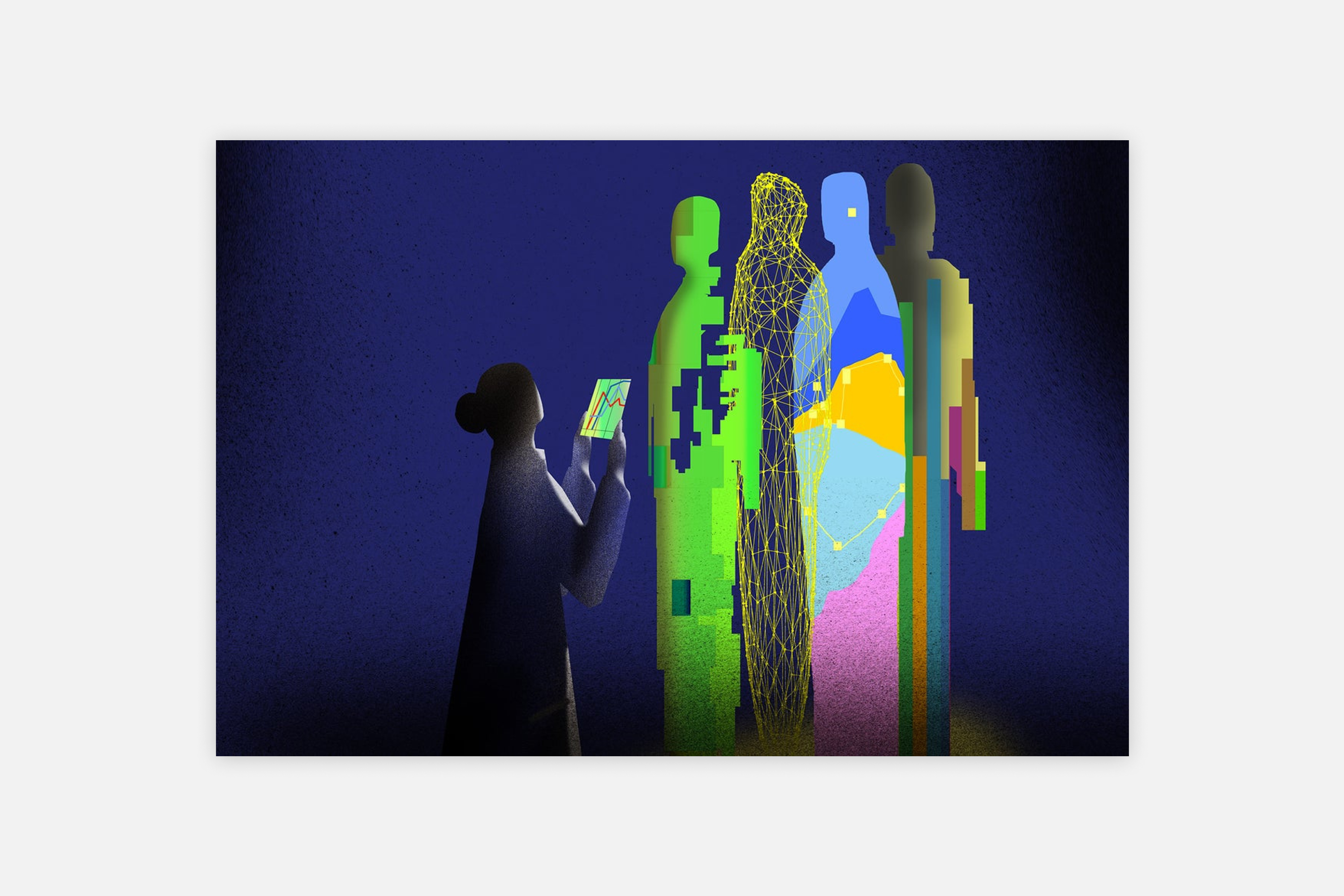
An Healthcare Revolution
A.I. is the Game Changer Healthcare Needs
A.I. is the Game Changer Healthcare Needs
The data generated in the health care industry increases by 48 percent every year. The amount produced in 2020 alone could exceed 2.3 zettabytes, or 2.3 trillion gigabytes. That’s the amount of data it would take to watch 262 million years straight of HD movies.
At the same time, even as the volume and complexity of data are increasing, the time that medical professionals have to spend with patients and to assess their data is decreasing. “This is just one reason why health care is an area where A.I. is tremendously helpful,” Dr. Dunleavy says. That’s because A.I. can instantly sort through millions of variables and provide recommendations to doctors, insurers, pharmacies and just about anyone else involved in a patient’s care.
At the same time, even as the volume and complexity of data are increasing, the time that medical professionals have to spend with patients and to assess their data is decreasing. “This is just one reason why health care is an area where A.I. is tremendously helpful,” Dr. Dunleavy says. That’s because A.I. can instantly sort through millions of variables and provide recommendations to doctors, insurers, pharmacies and just about anyone else involved in a patient’s care.



Art Direction
The concept is grounded the in visualizing digital aspects of technology; servers, data sets and medical devices with the goal to extract the relationship doctors have with patients and their health data. The human element is represented as the driving force for the technology.
Technology and data motifs drew us initially towards in Jon’s work. The way we used pixels and bits within the patient’s figure suggests that data about patients bodies can be quantified using AI.
Technology and data motifs drew us initially towards in Jon’s work. The way we used pixels and bits within the patient’s figure suggests that data about patients bodies can be quantified using AI.

Credits
Client: Inovolan Project: An A.I. Healthcare Revolution Senior Program Manager: Jeffery Miranda Editor: Harry Bradford Art Direction: Nicholas Garber Senior Designer: Nicholas Garber Illustrator: Jon Han